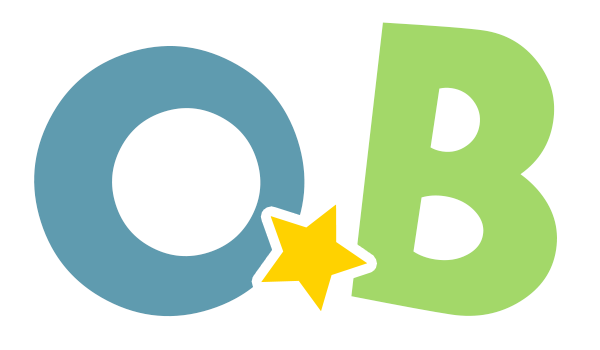Parentese: Why you should do it to your baby
Irfan is lo-o-o-o-ki-i-i-ing at mama-a-a-a-a?
Oh, Irfan is looking at the tra-a-a-a-i-in-n, choo- choo-o-o-o-o!
When you are talking to babies, you will likely talk to them slowly and clearly in a high-pitched voice. This technique is called parentese. It is a type of speech where an adult talks to a child in an exaggerated and repetitive way. Some people can naturally talk to babies using parentese, but some people think this is silly or embarrassing.
Why can’t we just talk to babies like they are adults? Parentese is the right way for you to talk to a baby. It is not just baby talk! How to talk to babies is as important as what to say to babies.
Dr. John Medina, the author of "Brain Rules for Baby: How to Raise a Smart and Happy Child from Zero to Five." demonstrates how to speak parentese in the video.
Most parents know that the amount of language their child hears is important. What we shared with them through coaching is that how they talk to their baby may matter even more
— Source: Naja Ferjan Ramírez, a research scientist at I-LABSNicole Over, a Speech Language Pathologist at Kids Place West, highlights that parentese is very important in regards to a child’s language development:
It helps babies learn language.
Drawing out vowels and varying pitch helps children learn where one word ends and another begins. We are also emphasizing, giving children clear models of the sounds that make up words. Speaking face-to-face with a baby and making eye contact teaches them skills for social interaction.
It encourages motor planning.
A study by Patricia Kuhl at the University of Washington showed that when people use parentese, important language centers are activated in babies’ brains. Non-invasive brain scans showed that not only do the auditory (or listening) areas of a baby’s brain light up—the motor-planning (or movement-planning) areas light up as well! This shows that babies are actually rehearsing the movements to produce speech as early as 7 months, long before they begin talking.
Babies love it.
When people use parentese, important language centers are activated in babies’ brains.
Speaking in this way helps to draw a child’s attention. Think about it: have you ever tried to speak to a baby as if they were an adult, maintaining an appropriate distance and speaking with completely unexaggerated pitch and vowels? In most cases, the baby won’t be too interested.
Emphasize, don’t simplify.
While parentese is great, we don’t want to simplify our speech too much. It is not necessary to speak to a child with incorrect pronunciation: for example, “Look at da wittle cutie!” It is more beneficial to provide accurate models of speech: “Look at the little cutie!” On the same note, you shouldn’t use telegraphic speech or over-simplify sentences. An example of this is saying “Dolly want milk?” when playing with your child and their doll. Instead, produce the grammatically accurate sentence: “Does the dolly want milk?” Although it seems more complex, this will make it easier for children to pick up on the patterns of language use.
You may notice that Oliek Books uses simple sentences and sounds in our baby board books, and this is to assist parents to use parentese when they talk to babies.
Even though at times it may feel silly, it is actually the most sensible way to encourage language development for your children.
References:

